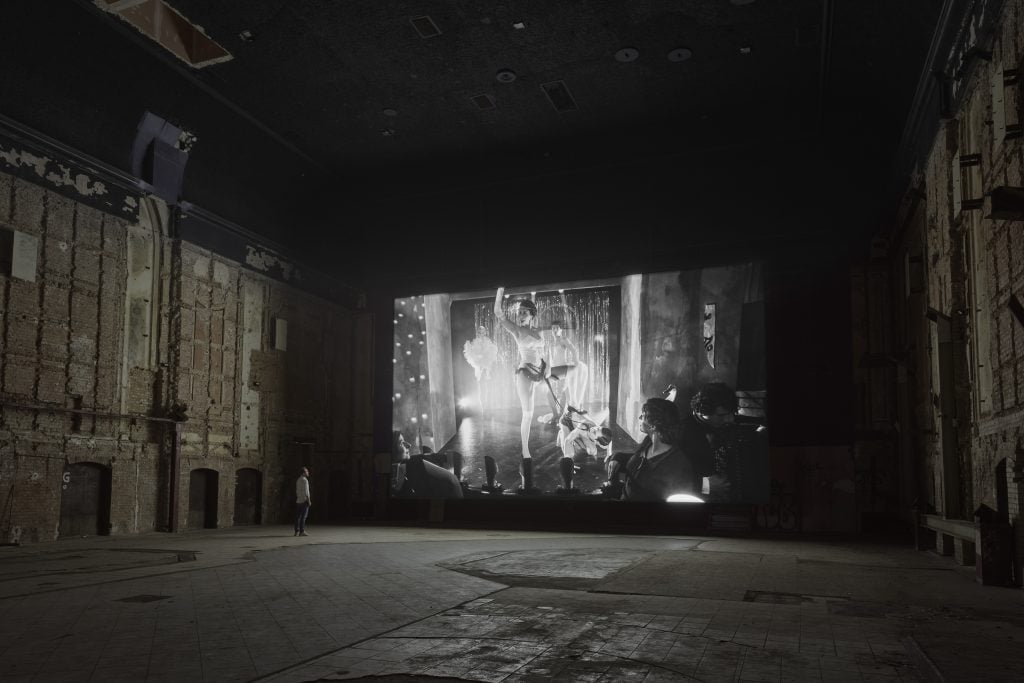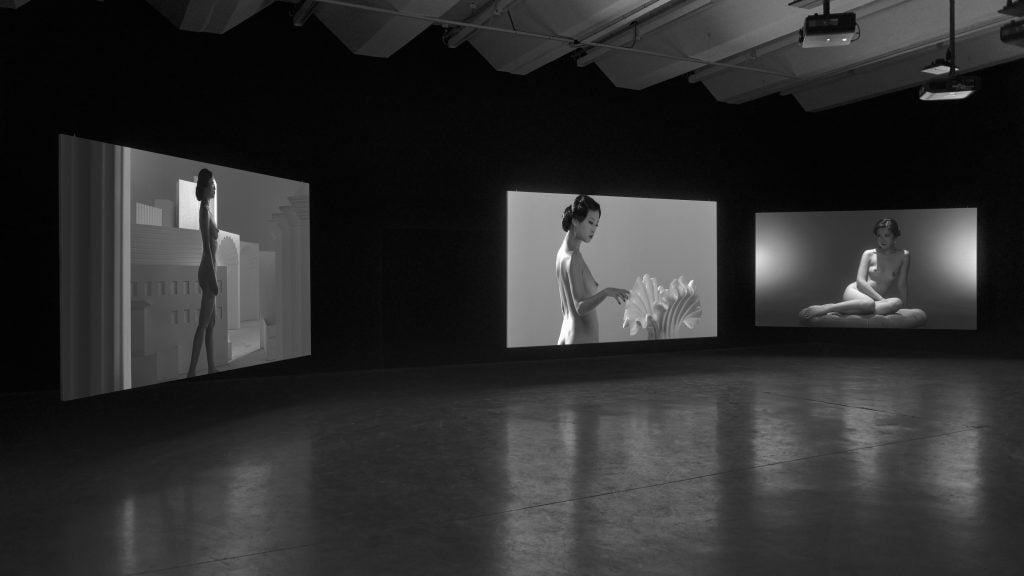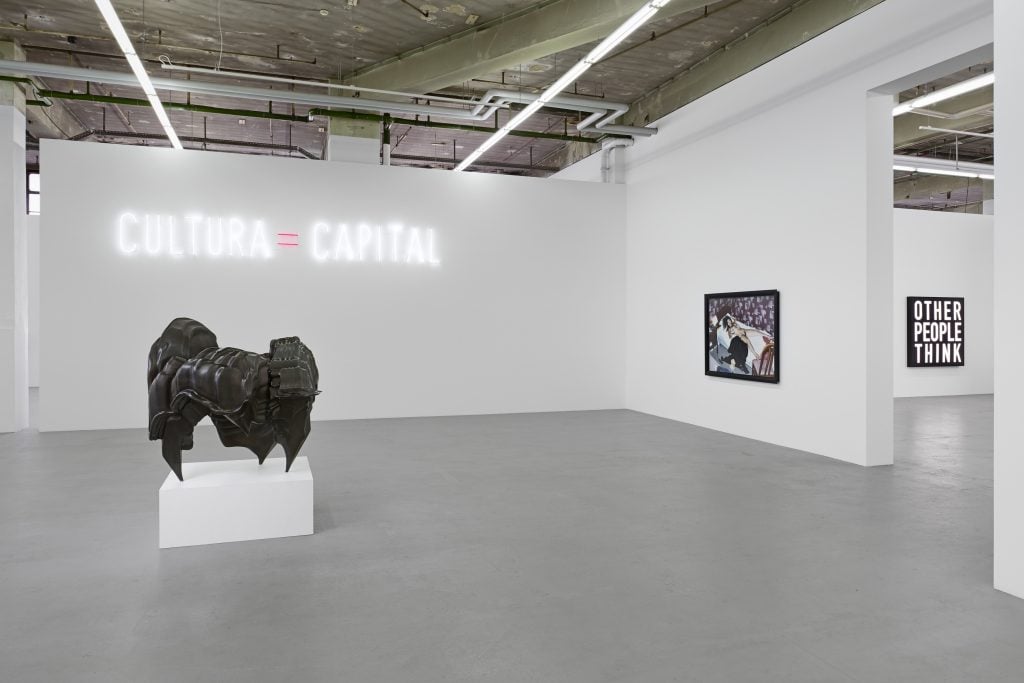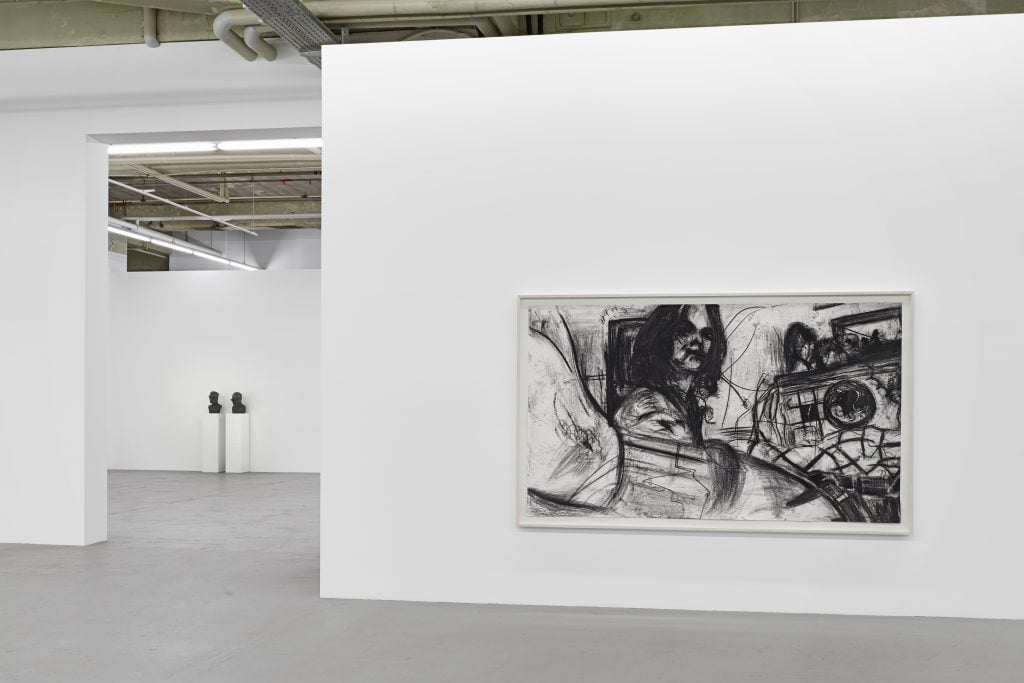People
What I Buy and Why: Manufacturing Tycoon Heiner Wemhöner on the Emotional Value of Collecting and Why He’s Unafraid of Impractical Art
Wemhöner's 1,300-work collection has more recently pivoted to Chinese contemporary art.

Wemhöner's 1,300-work collection has more recently pivoted to Chinese contemporary art.

Kate Brown

German art collector Heiner Wemhöner follows his instincts and sense of curiosity when it comes to buying art.
The storied businessman runs the family-owned Wemhöner Surface Technologies, which specializes in machine production. He is perhaps equally well known for his art collection, which consists of more than 1,300 works and has been growing steadily since the 1980s. His ever-evolving taste spans paintings, sculpture, and video art. More recently, he has pivoted to focus on Chinese contemporary art.
In 2014, Wemhöner, who was born and is currently based in the western town of Herford, made waves when he installed parts of his collection at a disused lightbulb factory in Berlin, including works by Tony Cragg, Alfredo Jaar, and Isaac Julien, among others.
We spoke to Wemhöner about what he’s bought most recently and how his collection serves as a record of his own life.

Julian Rosefeldt’s Deep Gold at Hasenheide 13 in Berlin. Photo: def image
Courtesy: Sammlung Wemhöner.
What was your first purchase (and how much did you pay for it)?
I can’t tell you exactly. It was apparently on a trip to Italy in the 1980s. At that time I was especially interested in wines. Friends took me to galleries and I bought my first works there. The connection between wine and art is very tangible in Italy. At that time I was interested in painting: small-format and very colorful. They reflected the pleasant memories of many wonderful vacations. From today’s point of view the works were not expensive. But I still own them and would never sell them. They have an emotional value for me.
What was your most recent purchase?
A work by the Chinese artist Yan Pei-Ming from the current exhibition at Thaddaeus Ropac. It is a tondo—an oval-shaped canvas showing an eagle landing to attack. Actually, I always want to see art live before I decide to purchase it. But since traveling is almost impossible at the moment, I have only seen the work as a photograph so far. But what I saw enthused me so much that I just couldn’t resist.

Yang Fudong’s New Women at Sammlung Wemhöner.
Which works or artists are you hoping to add to your collection this year?
I always proceed very intuitively. So I don’t have a “shopping list” that I work through. I like to be surprised and follow my curiosity.
What is the most expensive work of art that you own?
It is a large-scale painting by one of the most influential German artists of the last few decades.
Where do you buy art most frequently?
Mainly at galleries and art fairs.

View of the Wemhöner Collection in Berlin. Photo: def image. Courtesy: Sammlung Wemhöner
Is there a work you regret purchasing?
No. Some works I might not necessarily buy today, but at the time it was always the right decision. It is of course exciting to see how taste also changes. But all works in my collection also stand for memories of different periods of my life.
What work do you have hanging above your sofa? What about in your bathroom?
Above my sofa in Herford hangs a great diptych by photographer Paul Graham. I really enjoy it every day. But there is nothing hanging in the bathroom. I think that would be too dangerous considering the humidity there.
What is the most impractical work of art you own?
Art in general has nothing practical about it. But moving images, for example, are quite impractical. It is often a huge effort to present the works correctly. You need technology and large rooms. But I’m not afraid of that.

View of the Wemhöner Collection in Berlin. Photo: def image. Courtesy: Sammlung Wemhöner
What work do you wish you had bought when you had the chance?
I once saw an incredibly impressive work by Robert Longo at Art Basel maybe four years ago. It was a wave, about five meters long. But I strolled on and didn’t want to decide right away. When I couldn’t get the work out of my mind I went back to the gallery booth with the intention to acquire it. But it had already sold. That’s how it is sometimes.
If you could steal one work of art without getting caught, what would it be?
Oh this sounds like a tempting offer. But stealing is really not my thing. It’s my strong belief that art needs to be seen. And I could never exhibit a stolen work, nor worship or enjoy it. I strive to make art accessible and not to lock it away. So let’s skip that idea.